How to Choose Wall Adapters & Table-Top Power Supplies?
Choosing the right power supply for electronic devices is important for a few reasons. This article looks at the different kinds of wall adapters and table-top power supplies, explaining how they work, what makes them different, and how they are used to keep electronic devices running well for a long time. It breaks down important details like voltage requirements, connector types, and the difference between AC-DC and DC-DC converters, giving a clear guide to choosing the right power supply. The article aims to help make smart choices that fit power needs, protect their devices, and improve performance.Catalog
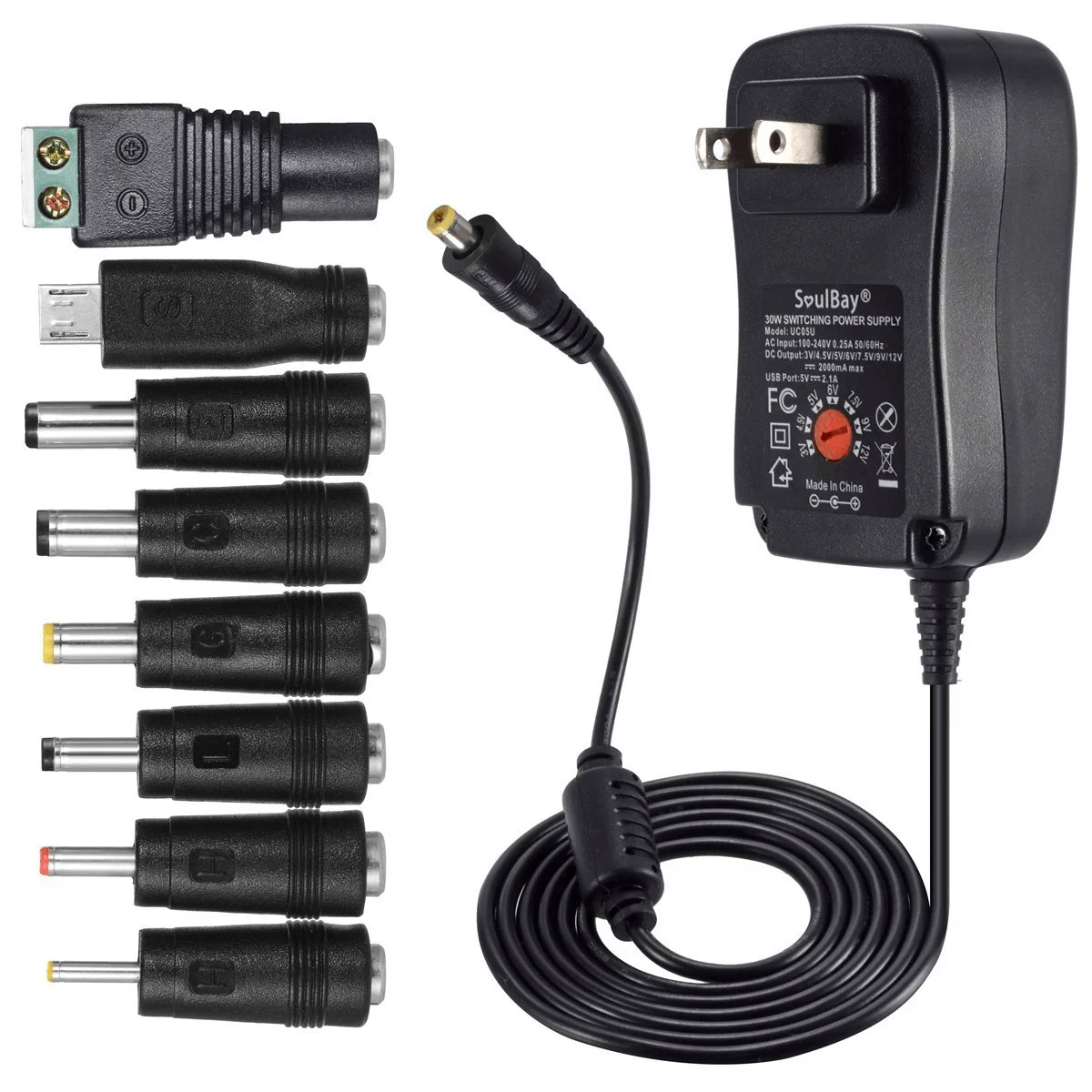
Figure 1: Wall Adapter Power Supply
Wall Adapter Power Supply
A wall adapter power supply, also known as an AC adapter or power adapter, is an external device used to convert household electrical current into a lower voltage suitable for powering electronic devices. This adapter, shaped like a small box, plugs directly into a standard wall outlet. It then delivers power to a device through a connected cable that ends with a specific plug or connector designed to fit the device it powers.
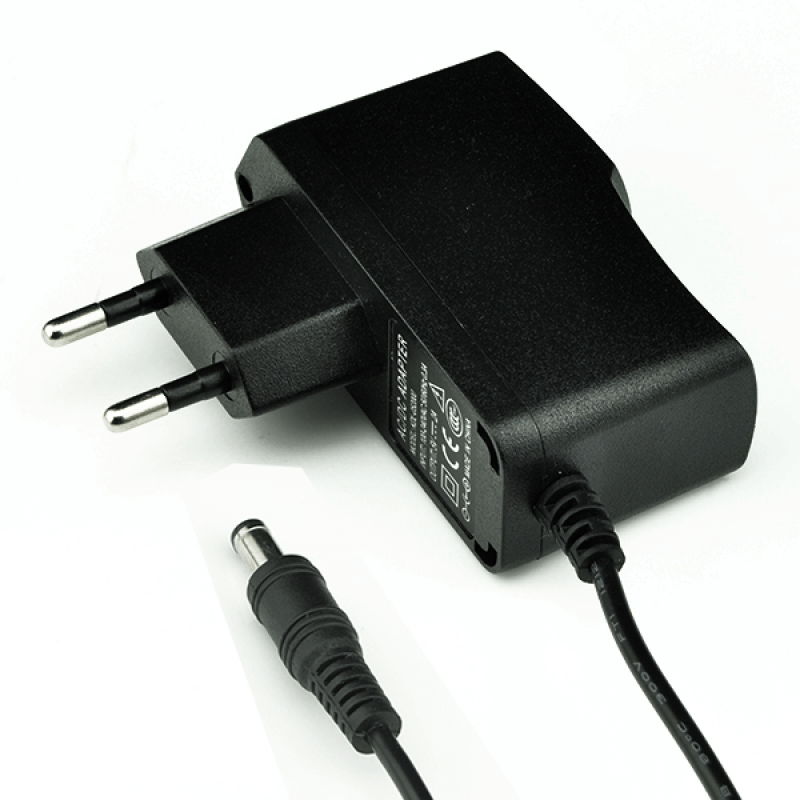
Figure 2: Wall Adapter
The primary purpose of a wall adapter is to take the high-voltage alternating current (AC) from the power grid, between 110 and 240 volts, and transform it into a lower voltage often direct current (DC), that electronic devices can safely use. Inside the adapter, several components work together to achieve this transformation. A transformer reduces the voltage to a safer level, a rectifier converts the AC to DC if required, and a regulator ensures that the output voltage remains stable, even if there are fluctuations in the input voltage or changes in the device’s power demands.
Factors to Consider When Selecting a Wall Adapter
Voltage and Current Requirements
Wall adapters are designed to convert the alternating current (AC) from your wall outlet into a smaller, often direct current (DC), voltage that your electronic devices can use. Each device requires a certain voltage to function properly. If an adapter provides a higher voltage than the device requires, the excess voltage can damage the internal components, possibly rendering the device inoperable or even unsafe. On the other hand, if the adapter provides a lower voltage than required, the device may not receive enough power, leading to malfunction or ineffective charging. To avoid these issues, it's important to check your device's voltage requirements, that are indicated on the device itself or its original adapter and ensure that any new adapter you use matches these specifications.
In addition to voltage, the current rating of the adapter is important. This rating, measured in amperes (amps), indicates the maximum current the adapter can supply. Your device will draw a specific amount of current that it needs to operate efficiently. The adapter must be capable of supplying at least this amount of current. If the adapter's current rating is too low, it may overheat, become unstable, or fail to power the device properly. However, using an adapter with a higher current rating than what the device requires is safe, as the device will only draw the amount of current it needs.
Regulated vs. Unregulated Adapters
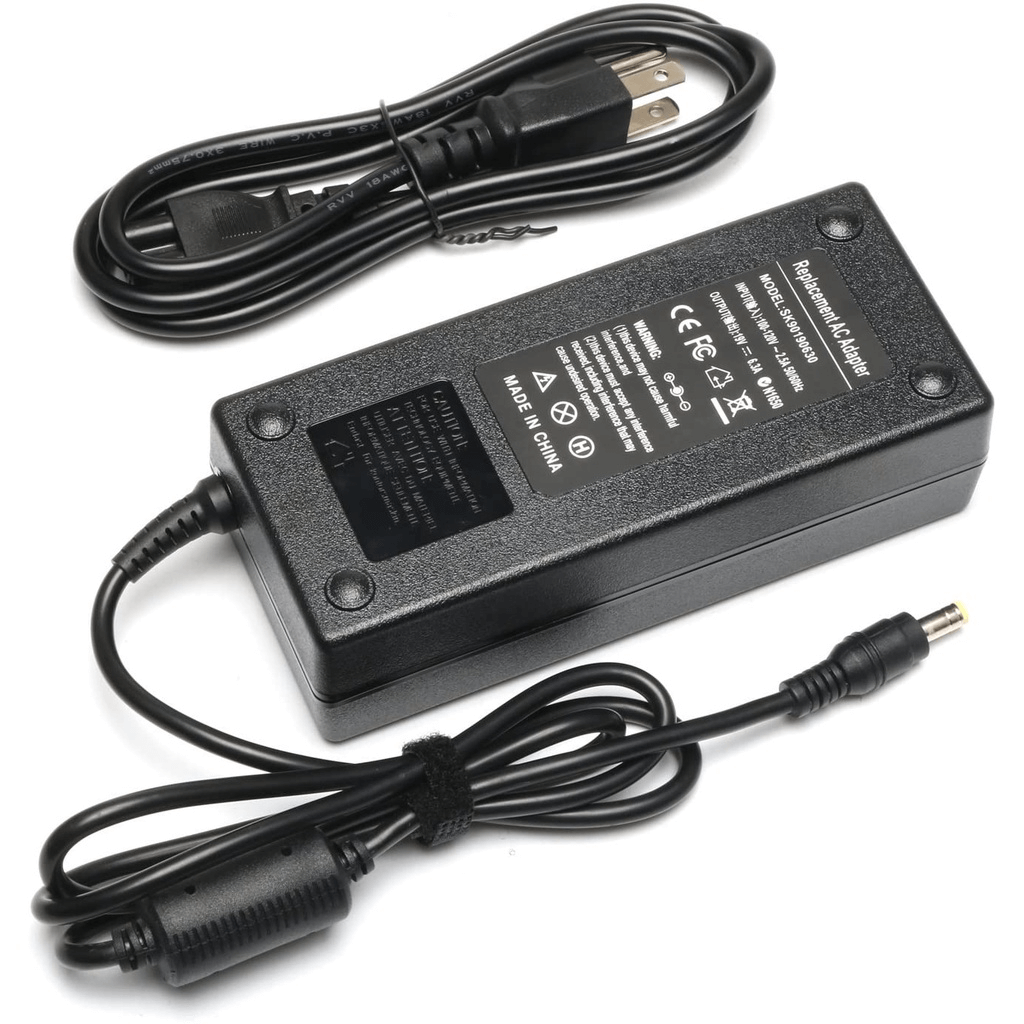
Figure 3: Regulated Adapter
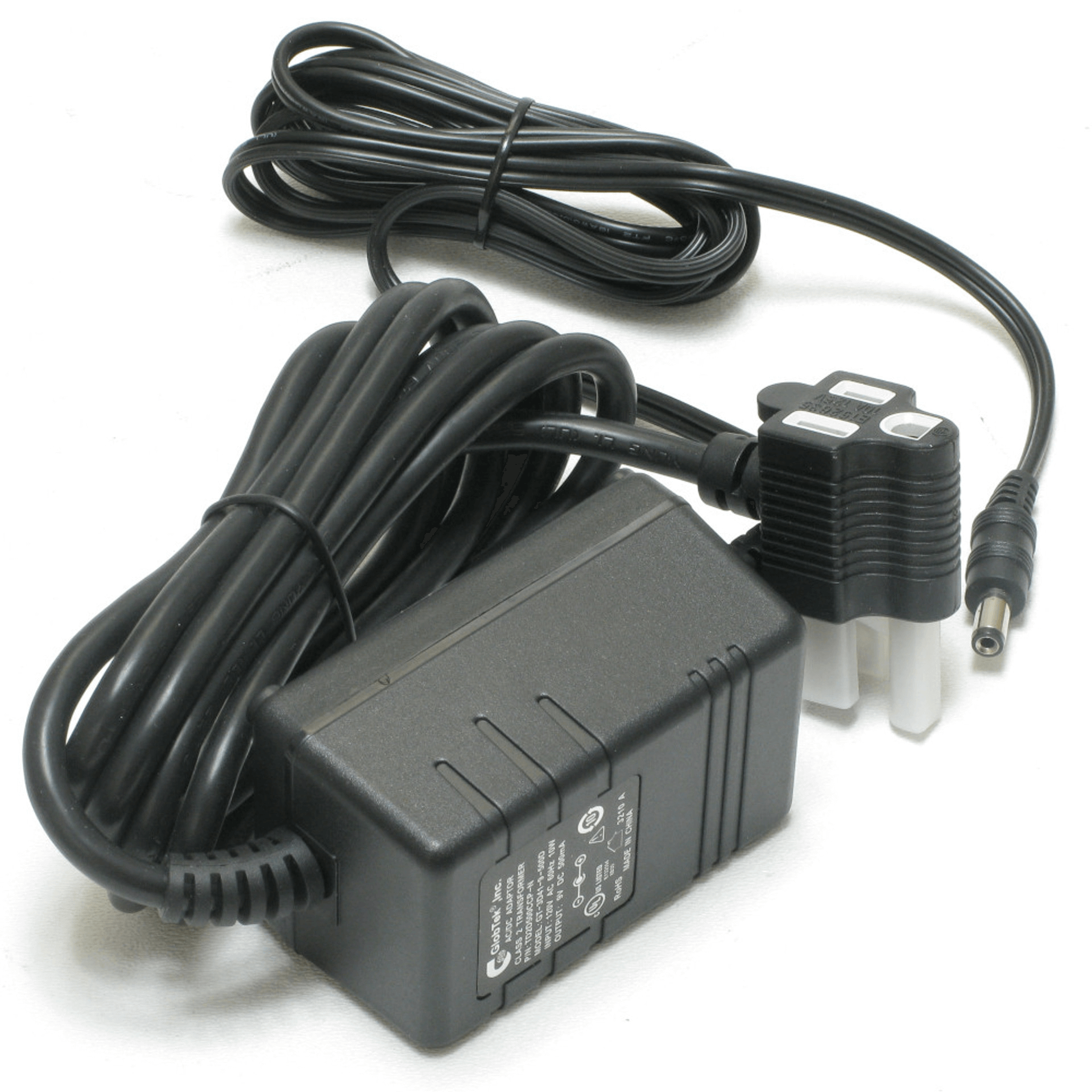
Figure 4: Unregulated Adapter
|
Aspect |
Regulated Adapters |
Unregulated Adapters |
|
Function |
Maintain a stable voltage output despite
input voltage variations or changes in load. |
Lack internal mechanisms to control
voltage, leading to possible fluctuations based on input voltage and load
changes. |
|
Internal Mechanisms |
Contain electronic components such as
voltage regulators and filtering circuits that stabilize the output voltage. |
Do not include voltage regulators or
filtering circuits; simpler design. |
|
Voltage Behavior |
Voltage output remains consistent,
providing reliable power to connected devices. |
Voltage can drop with increased load and
rise with decreased load, resulting in fluctuating output. |
|
Benefits |
Prevents issues like overheating,
malfunctions, or damage to circuitry. Extends the lifespan of electronic
devices. |
Simpler and usually less expensive; not
suitable for devices that require stable voltage. |
|
Situations Where Each Type Is Preferable |
Required for sensitive devices needing
precise and stable voltage, such as smartphones, computers, and medical
equipment. |
Suitable for less sensitive devices like
basic household appliances or LED lights where minor fluctuations are
acceptable. |
|
Protects devices from voltage
instability, reducing the risk of failure and extending lifespan. |
Ideal for cost-conscious consumers or
applications where devices can tolerate voltage fluctuations or have internal
regulation mechanisms. |
Linear vs. Switching Adapters
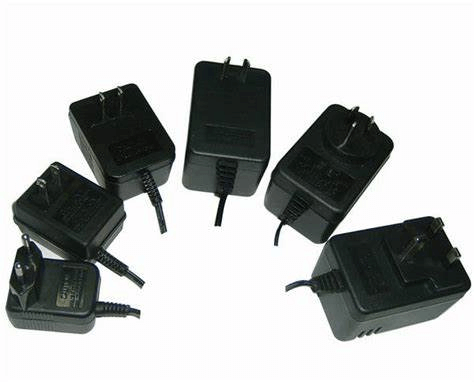
Figure 5: Linear Adapters
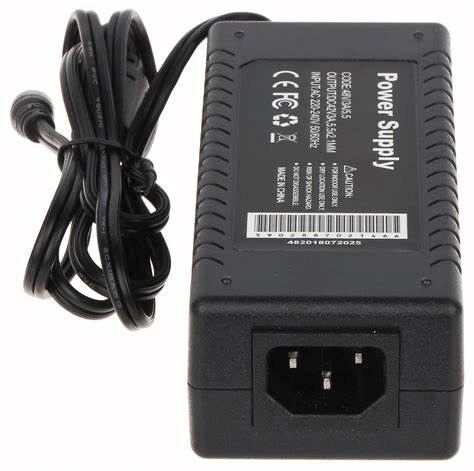
Figure 6: Switching Adapter
|
Aspect |
Linear Adapters |
Switching Adapters |
|
Function |
Converts AC to DC using a transformer to
lower voltage, followed by rectification and filtering for a stable DC
output. |
Converts AC to DC using high-frequency
switching techniques, allowing efficient conversion with smaller components. |
|
Efficiency |
Less efficient, with energy loss as heat,
requiring large heat sinks. |
Highly efficient, with less energy loss,
making it suitable for higher power applications without excessive heat
generation. |
|
Size & Weight |
Bulkier and heavier due to the large
transformer and heat sink required for operation. |
Compact and lightweight, thanks to
high-frequency operation that allows smaller components. |
|
Electrical Noise |
Produces cleaner DC output with minimal
electrical noise, ideal for sensitive electronics like audio equipment. |
Can introduce electrical noise due to
high-frequency switching, may interfere with other devices unless additional
filtering is used. |
|
Reliability |
Simpler design with fewer components
leads to higher reliability and longer lifespan. |
More complex design with advanced
components, and may affect durability, increase the likelihood of
heat-related issues. |
|
Cost |
More expensive for high-power
applications due to the need for larger transformers. |
Can be costlier due to complex design and
manufacturing processes, though more cost-effective at low to medium power
levels. |
|
Output Stability |
Provides consistent DC output with
excellent regulation, less affected by input voltage or load changes. |
Versatile with the ability to handle a
wide range of input and output voltages, but output stability depends on
design quality. |
|
Application Versatility |
Less versatile, tailored for specific
input and output voltage ranges. |
Highly versatile, capable of working with
various input voltages and adjustable outputs, suitable for global power
standards. |
|
Heat Management |
Requires substantial heat sinking due to
inefficient operation, leading to potential bulkiness. |
Requires careful heat management to
prevent overheating, though generates less heat than linear adapters if
designed well. |
Plug and Connector Types
The connectors are mainly identified by their size and shape, ensuring they match the device properly.
Two of the most common connector sizes are 2.1mm x 5.5mm and 2.5mm x 5.5mm. These measurements refer to the inner and outer diameters of the plug. The 2.1mm x 5.5mm connector is often used in smaller electronic devices like routers, CCTV cameras, and small digital gadgets, that need less power. The 2.5mm x 5.5mm connector is slightly larger and found in devices that require more power, such as bigger external hard drives or larger audio and video equipment.
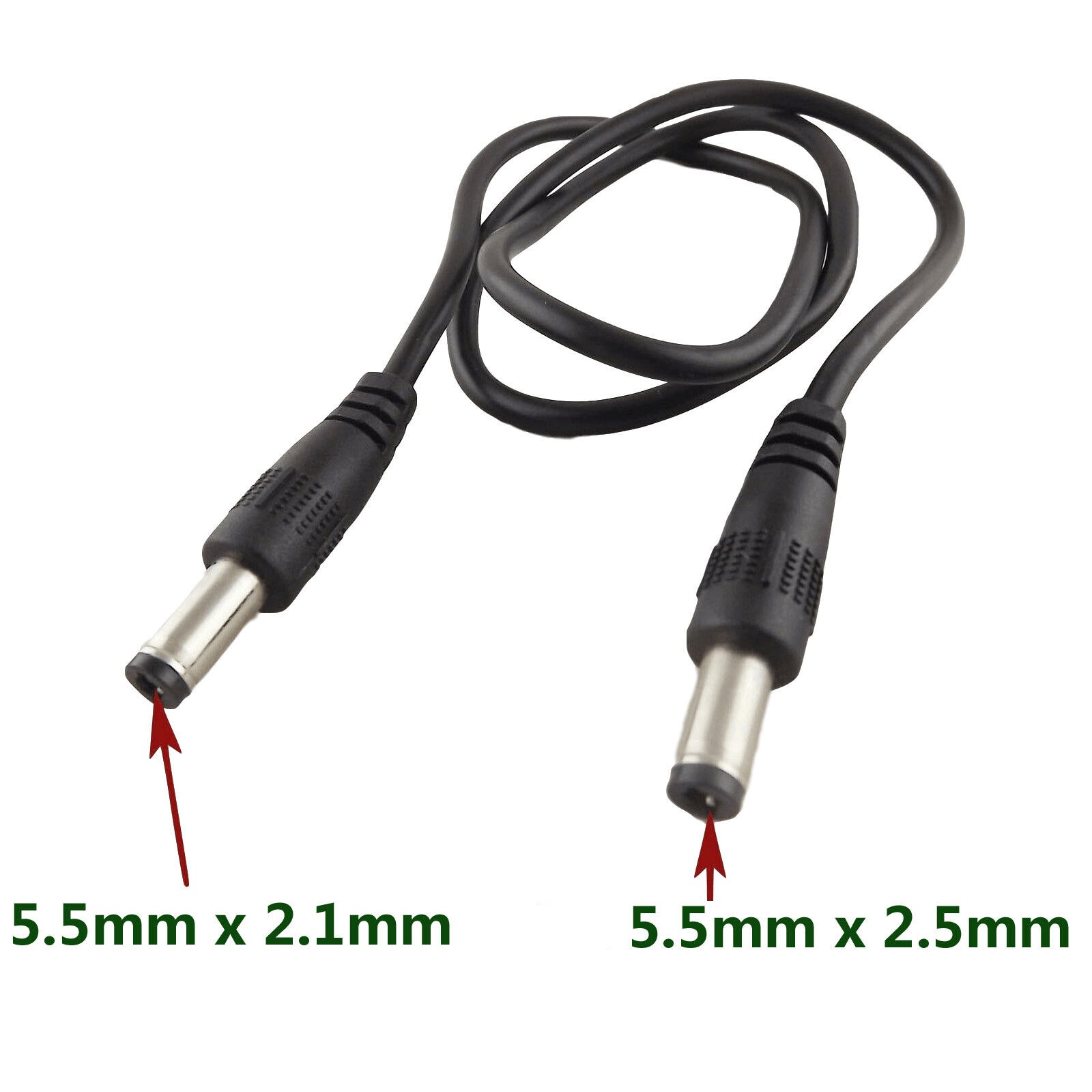
Figure 7: Connector Sizes
These connectors are designed to fit snugly and stay connected, reducing the chances of accidental disconnection. They have a barrel shape, making them easy to plug in and unplug while ensuring a secure electrical connection that holds up over time. The outer part of the connector is grounded to protect the device from electrical surges, while the inner part carries the positive voltage.
Center Positive vs. Center Negative Plugs

Figure 8: Positive and Negative Polarity
In a center positive plug, the inner part of the connector, a pin or barrel, carries a positive voltage, while the outer sleeve is negative or grounded. This configuration is often indicated by a symbol featuring a plus sign (+) inside a circle, with a minus sign (-) outside the circle. This type of plug is the most common and is frequently used in consumer electronics, such as laptops, routers, and similar devices. When using a center positive plug, it’s important to connect it to a device designed for center positive input. Failing to match the polarity can lead to electrical mismatches, potentially damaging the device.
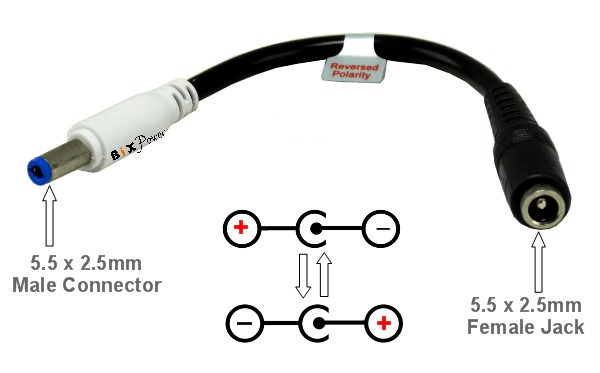
Figure 9: Positive Negative
On the other hand, center negative plugs have a negative inner connector and a positive outer sleeve. While less common, this configuration is good for devices, such as specific audio equipment and effects pedals. The symbol for a center negative plug is the inverse of the center positive: a minus sign (-) inside the circle, with a plus sign (+) outside. Devices that require center negative input should not be powered by a center positive plug, as this could cause reverse polarity, leading to potential damage or malfunction.

Figure 10: Match Plugs and Devices
Types of Wall Adapters
AC-AC Wall Adapters
AC-AC wall adapters convert the alternating current (AC) from a wall outlet to a different AC voltage level, tailored to power specific electronic devices. These adapters reduce the voltage to a suitable level, though they can also occasionally increase it, while maintaining the AC nature of the current. They are used to power devices like consumer audio equipment, telephone systems and certain types of lighting that don’t require direct current (DC).
The types of plugs for these adapters vary by region. Common options include two-prong or three-prong North American plugs, European-style two-prong plugs, and British three-prong plugs. The output voltage levels also differ, often providing 12V AC or 24V AC, depending on what the connected device needs.
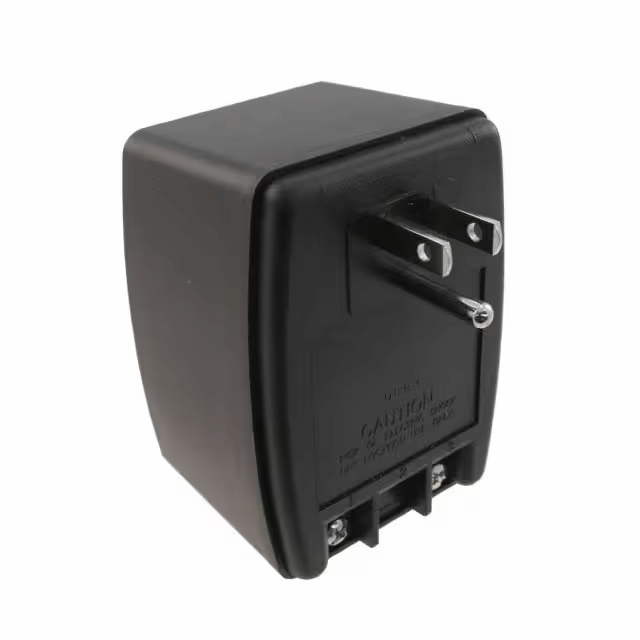
Figure 11: AC-AC Wall Adapter
AC-DC Unregulated Linear Wall Adapters
AC-DC unregulated linear wall adapters convert AC into a lower, unregulated DC voltage. These adapters work by stepping down the voltage with a transformer and converting it to DC with a rectifier. However, because they lack regulation, the output voltage can fluctuate depending on changes in load current and input voltage, making them unsuitable for devices that are sensitive to such variations.
Their simplicity and minimal components make these adapters more affordable. They use standard plug types similar to those of AC-AC adapters, based on regional requirements. These adapters are often found in basic consumer electronics, toys, and simple household devices where voltage precision is not important.
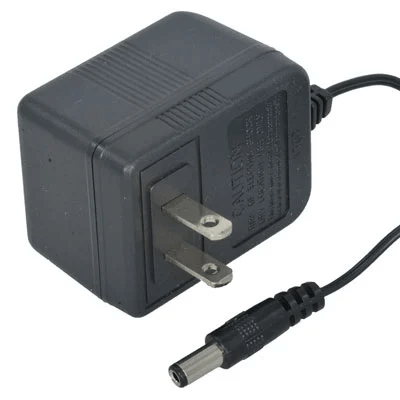
Figure 12: AC-DC Unregulated Linear Wall Adapter
AC-DC Regulated Linear Wall Adapters
AC-DC regulated linear wall adapters offer an advantage by maintaining a consistent output voltage, regardless of fluctuations in input voltage or load conditions. This stability is good for devices that need steady power, as it helps protect sensitive electronic components and prolong their lifespan.
These adapters are more expensive than their unregulated counterparts but the additional cost is often justified by the reliability and protection they provide. They use the same plug types as unregulated adapters but are more employed in situations, such as in medical equipment and high-end audio devices.
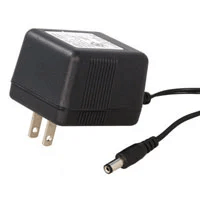
Figure 13: AC-DC Regulated Linear Wall Adapter
AC-DC Regulated Switching Wall Adapters
AC-DC regulated switching wall adapters use advanced technology to provide several advantages over linear adapters. By rapidly switching the input voltage on and off, they control the power delivered to the device that greatly improves efficiency and reduces heat output. This process results in a lighter and more compact design, ideal for portable devices and space-constrained environments.
These adapters are energy-efficient, compact and can handle different input voltages, good for international travel. They include various plug options for global use and provide a stable output voltage, making them versatile enough to power anything from laptops to industrial equipment.
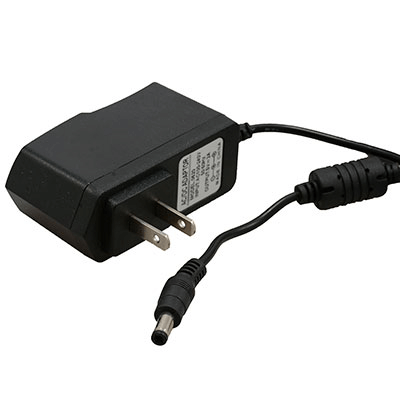
Figure 14: AC-DC Regulated Switching Wall Adapter
Table-Top Power Supply
Table-top power supplies provide a stable and adjustable power source. Unlike standard wall adapters, they offer more control. These supplies sit on a desk and plug into a regular power outlet. Their main advantage is the ability to adjust voltage and current, so users can meet the specific needs of their devices or experiments. This flexibility is useful in research, product development, and testing. Most table-top power supplies have digital displays that show the current voltage and power levels, giving clear feedback. Some models also have advanced features, like programmable settings and the ability to connect multiple units for synchronized use. They also include safety features like overcurrent protection and short-circuit prevention, ensuring both the device and user are protected.
Both table-top power supplies and wall adapters convert AC power to DC, but they are used for different reasons. Wall adapters are simple and convenient, often found in everyday items like phone chargers or laptop adapters. Table-top power supplies are much more versatile. In research labs, they let scientists adjust power levels to see how components behave under different conditions. In industrial product testing, these supplies can simulate various electrical environments to check if products work well in different places with different power standards. In schools, students use these power supplies to explore basic electrical principles and adjust power settings during experiments, gaining hands-on experience with electronics.
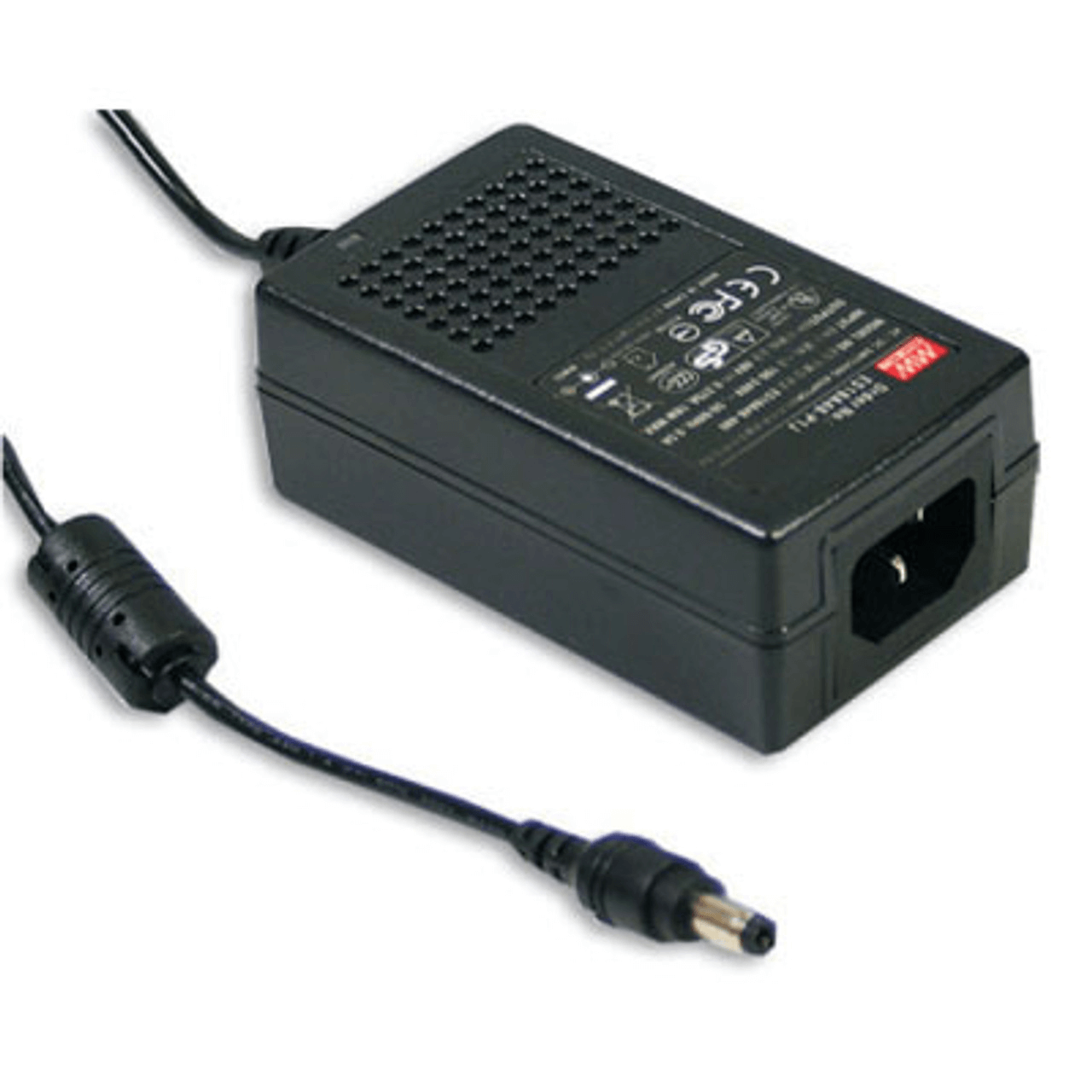
Figure 15: Table-Top Power Supply
Components of Table-Top Power Supply
AC Power Cord
An AC power cord carries electrical power from a wall outlet to a device's power supply. While most cords are similar, their design can vary depending on the region in terms of plug types, voltage, and frequency. Inside the cord, there are three main wires: the live (or hot) wire, it brings electricity to the device; the neutral wire, completes the circuit by returning the current; and the ground wire, that helps protect the user and equipment by redirecting any extra current. The cord is insulated to handle specific voltage and current levels, preventing it from overheating during use.
DC Power Cord
The DC power cord delivers converted direct current (DC) power from the supply to the device, and unlike AC cords, DC cords are lighter and carry lower voltages. The components of a DC cord include the positive wire (usually red) it delivers the positive voltage, and the negative wire (black or blue) that completes the circuit by returning the current. Insulation surrounds the wires, shielding them to prevent short circuits and protect users from contact with live conductors.
Connector
Connectors on a table-top power supply come in many forms, with different shapes and sizes based on the power needs of the device. Some common types include:
• Barrel Connectors: These are cylindrical and widely used in lower-power devices such as routers and small electronics. They come in various sizes.
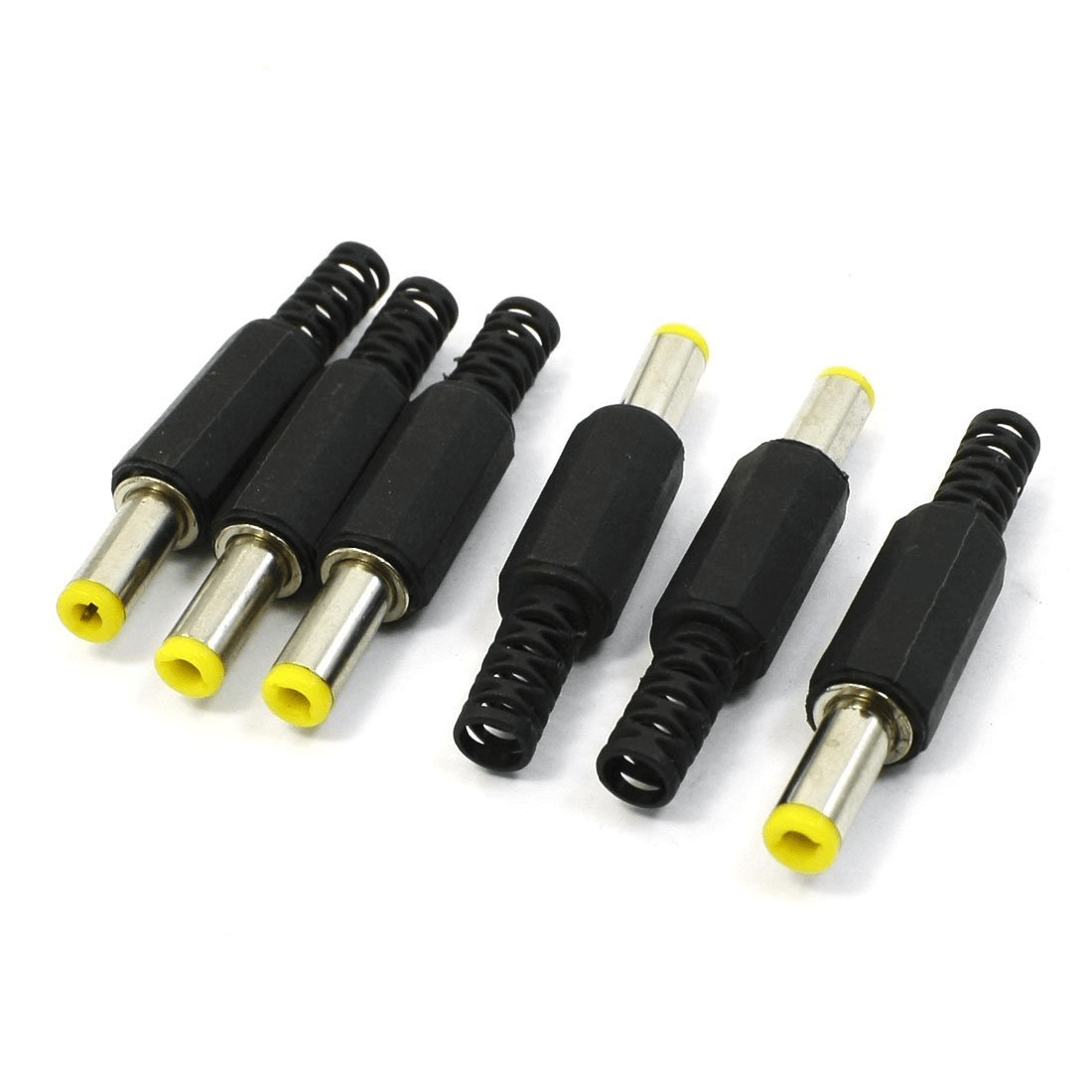
Figure 16: Barrel Connectors
• USB Connectors: Popular for both power and data transfer, USB connectors (like USB-A and USB-C) are now found in devices that use up to 100W of power.
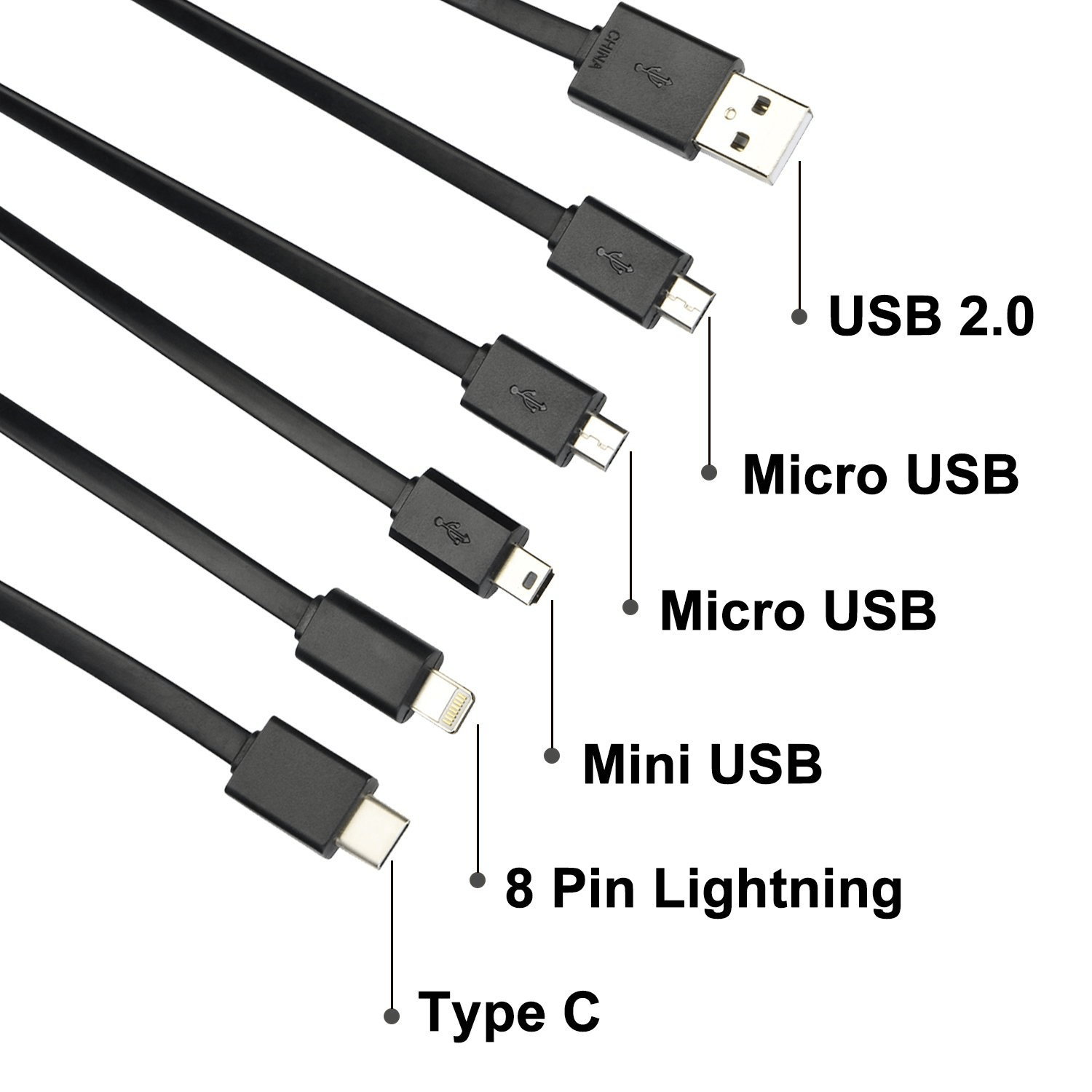
Figure 17: USB Connectors
• Molex Connectors: Frequently seen in desktop computers, these connectors are used to connect internal components like hard drives and fans.

Figure 18: Molex Connector
• DIN Connectors: With a circular design and multiple pins, DIN connectors are found in audio equipment and digital interfaces.
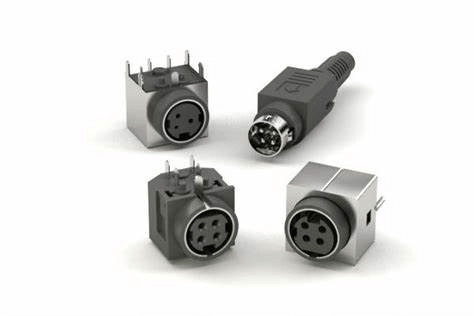
Figure 19: DIN Connectors
Types of Table-Top Power Supplies
We'll explore three types of table-top power supplies: 2-Wire Unregulated Linear, 2-Wire Regulated Switching, and 3-Wire Regulated Switching. Each type has its own specific characteristics, benefits, and uses in various applications.
2-Wire Unregulated Linear Power Supplies
A 2-Wire Unregulated Linear Power Supply is a simple device used to convert electrical power. It has three basic parts: a transformer, a rectifier, and a filter. The main job of this power supply is to take a high AC voltage from the power grid and lower it to a smaller AC voltage. This smaller voltage is then turned into DC power, used by electronic devices. However, unlike more advanced power supplies, it doesn’t control or stabilize the output voltage or current. This means the output can change depending on how much power is going in and what the power supply is being used for.
The main features of this power supply are its simplicity, low cost, and reliability. It uses only a few parts, making it easy to design and fix if something goes wrong. Because of its simple design, it is also cheaper to produce than more complex power supplies that regulate voltage. While it’s not ideal for situations that need precise control of the power, its basic structure means it tends to be reliable when exact power levels aren’t a major concern.
2-Wire Regulated Switching
2-Wire Regulated Switching Power Supplies offer enhanced performance and efficiency by incorporating regulation to ensure consistent output. Unlike unregulated power supplies, these systems use electronic circuits to adjust the output, maintaining a stable voltage or current even when the input voltage or load varies. This regulation not only improves efficiency but also makes the power supplies more versatile for a wider range of applications.
Advantages of 2-Wire Regulated Switching Power Supplies is their high energy efficiency, when there is a large difference between input and output voltages. Their high-frequency switching technology makes the design smaller and lighter, easier to fit into different systems. These power supplies are also flexible, as they can be set up to provide different voltages and currents, and useful for various purposes.
3-Wire Regulated Switching
The 3-Wire Regulated Switching Power Supply is a better option than the 2-Wire version because it adds an extra grounding wire. This makes it much safer by giving stray electricity a way to escape, preventing it from building up on the device and causing a shock risk. The grounding wire also cuts down on electromagnetic interference (EMI) and noise, important for delicate electronics. This design not only improves safety but also helps keep the voltage steady, making the 3-Wire system more dependable. These power supplies also come with different types of plugs to match the standards of different regions. In North America, they use NEMA plugs, while in Europe, they follow CEE 7 standards. Some 3-Wire power supplies even come with plugs that can be swapped out, making them handy for use around the world.
Steps to Selecting a Wall Adapter vs. Bench Power Supply
Step 1: Identify Your Device's Voltage and Current Requirements
Start by checking the voltage (V) and current (A) that your device requires. You can find this information on the device itself or in the user manual. Ensuring these numbers match your power supply helps to avoid potential damage.
Step 2: Determine Whether You Need AC or DC Output
Next, confirm whether your device runs on AC (Alternating Current) or DC (Direct Current). Most modern electronics rely on DC power, but it's important to double-check. Using the wrong type can harm your device, so pay close attention to this detail.
Step 3: Match the Plug Type
Consider the plug type that works with your device and region. Different countries have specific plug styles and voltages, so make sure the adapter you choose fits both your device and the local socket standards.
Step 4: Ensure Voltage Regulation
Choose a regulated power supply. A regulated adapter keeps the voltage stable, and protecting your device from power fluctuations. While unregulated adapters are cheaper, they can lead to inconsistent power delivery and potentially damage your electronics.
Step 5: Choose the Correct Wattage
The power supply you pick should have a wattage rating that meets or exceeds what your device needs. Wattage is calculated by multiplying the voltage by the current (W = V x A). A slightly higher wattage provides a buffer, preventing strain on the power supply and extending its life.
Step 6: Check for Built-in Safety Features
Look for features like over-voltage protection, short circuit protection, and energy efficiency ratings. These options enhance both safety and performance. Over-voltage protection guards against unexpected power surges, while energy efficiency reduces waste and helps lower power consumption.
Step 7: Focus on Quality and Brand
It's worth investing in a well-known and reputable brand. High-quality adapters offer better safety, reliability, and longevity. Though they may come at a higher price, they reduce the risk of device failure or accidents.
Step 8: Read Product Reviews
Before you finalize your purchase, read user reviews to get insights into the product's performance and durability. Reviews can reveal whether the adapter lives up to its claims and help you avoid low-quality options.
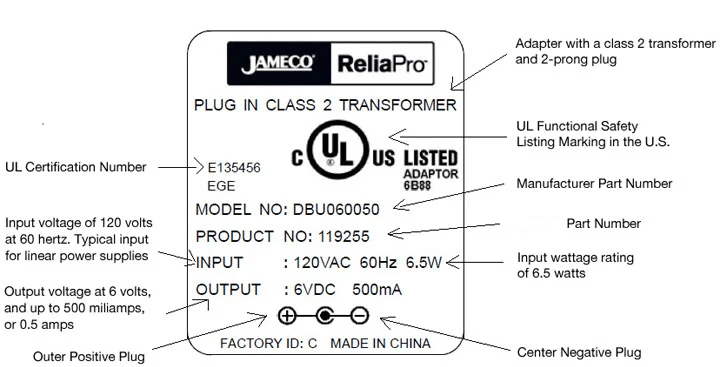
Figure 20: Symbols and Information on Wall Adapters
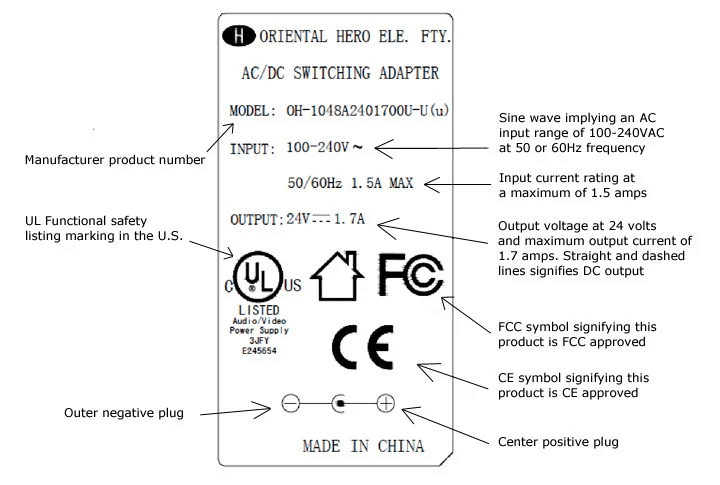
Figure 21: Symbols and Information on Table-Top Power Supplies
Conclusion
Understanding wall adapters and table-top power supplies is important for getting the best performance and lifespan from electronic devices. It's required to know things like matching voltage, current capacity, regulation, and connector types. Whether you're using AC-AC, AC-DC adapters, or more advanced table-top power supplies, each has a special role and benefits for different uses. Devices that need stable voltage must use the right regulated adapter to avoid damage and last longer. Power supply technology is also evolving, with designs becoming more energy-efficient and compact to meet the growing demand for reliable power. Following the tips in this article, users can choose the best and safest power options for their devices, improving their performance and helping the environment.
Frequently Asked Questions [FAQ]
1. How do I know what size power adapter I need?
To select the right size power adapter, you need to know the voltage (V) and current (amps, A) required by your device. Check your device's manual or the original adapter for specifications. Ensure the voltage matches exactly, and the adapter provides at least as much current as the device needs.
2. How many watts is a wall adapter?
Wall adapters range from 5 watts for basic USB chargers to over 100 watts for larger devices like laptops. To calculate the wattage, multiply the output voltage by the current (W = V × A).
3. What happens if you use a higher voltage power supply?
Using a power supply with a higher voltage than your device requires can lead to overheating, damage, and potential failure of the device. Always match the voltage specification exactly.
4. Can I use a 2-amp adapter instead of 1 amp?
You can safely use a 2 amp adapter in place of a 1 amp adapter if the voltage is the same. The device will only draw the current it requires.
5. How do I know if my power adapter is original?
To determine if a power adapter is original, compare it with one from the device's manufacturer for logo, model number, and build quality. Consult the manufacturer's website or customer service for verification features.
6. Can I use an adapter with higher amps?
Using an adapter with a higher amperage than required is safe if the voltage matches. The device will only draw the amount of current it needs. Ensure the adapter's quality and compatibility with your device.